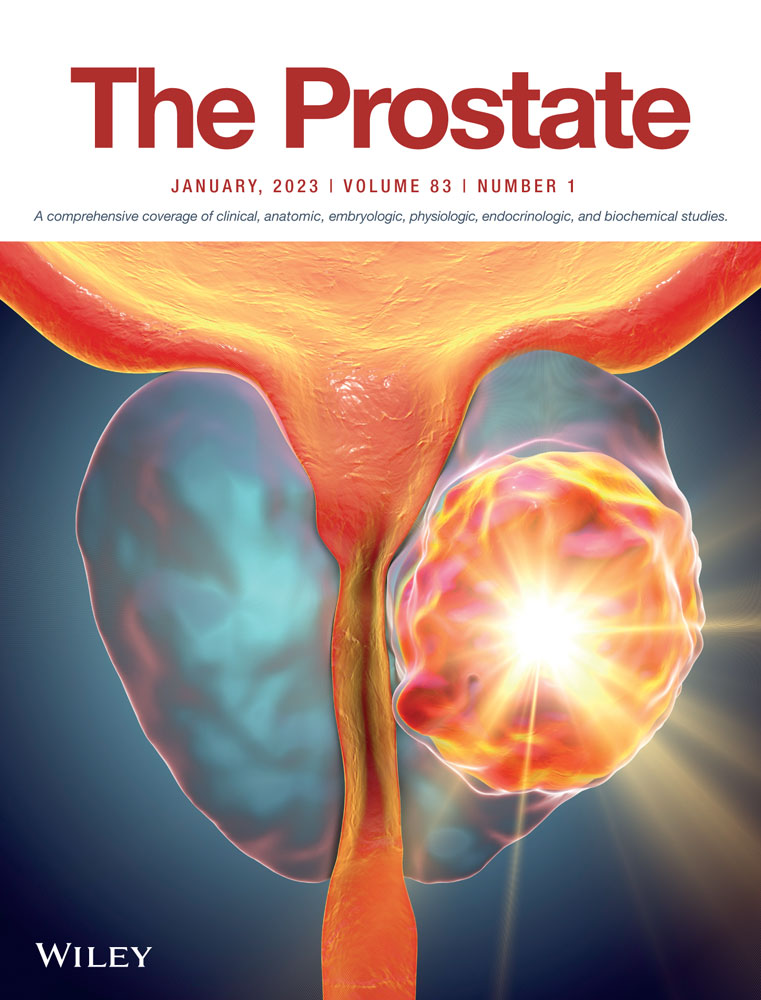Holmium laser enucleation of the prostate in men on active surveillance for prostate cancer with refractory lower urinary tract symptoms secondary to enlarged prostates
Abstract
Introduction
The surgical treatment of men with lower urinary tract symptoms (LUTS) and significantly enlarged symptomatic prostates on active surveillance (AS) for low-risk prostate cancer (PCa) is not well defined. We report our single-institution initial experience with holmium laser enucleation of the prostate (HoLEP) for LUTS in men with low-risk PCa being managed with AS.
Materials and Methods
Men on AS who underwent HoLEP between 2013 and 2019 were identified. Data regarding preoperative cancer workup, prostate-specific antigen (PSA), perioperative outcomes, and voiding parameters were analyzed. Postoperative surveillance for PCa including PSA nadir, prostate magnetic resonance imaging, prostate biopsy (PBx), and PSA at last follow-up were evaluated.
Results
Twenty men met the inclusion criteria. Preoperative mean max flow 7.9 ml/s, median postvoid residual 101 cc, and mean transrectal ultrasound prostate size 99 cc. Patients had a median adjusted preoperative PSA of 8.5 (interquartile range [IQR]: 4.8–13.2) ng/ml. Mean resected tissue weight was 65.5 g with improved postoperative flow rate and significantly decreased residual. A total of 5/20 men had PCa in the specimen (all Gleason Grade Group 1). The median postoperative PSA nadir was 1.2 (IQR: 0.5–1.8) ng/ml at median of 5 months. At the last follow-up (median 18.5 months, IQR: 10.5–37.8), the median postoperative PSA was 1.4 (IQR: 0.63–2.48) ng/ml. Nine men underwent postoperative multiparametric magnetic resonance imaging (mpMRI) with the identification of a new prostate imaging reporting and data system 5 lesion in one patient who underwent negative fusion biopsy. Five men underwent post-HoLEP PBx with progression in two patients, who both successfully underwent radical prostatectomy.
Conclusions
Men on AS for low-risk PCa can safely undergo HoLEP with significantly improved voiding parameters. Postoperative monitoring with PSA, mpMRI, and PBx can detect disease progression requiring definitive treatment. Further research is needed to optimize surveillance strategies and long-term cancer-specific outcomes.
CONFLICT OF INTEREST
The authors declare no conflict of interest.
Open Research
DATA AVAILABILITY STATEMENT
Raw data were generated at Lahey Hospital and Medical Center. Derived data supporting the findings of this study are available from the corresponding author (Jessica Mandeville) upon request.




